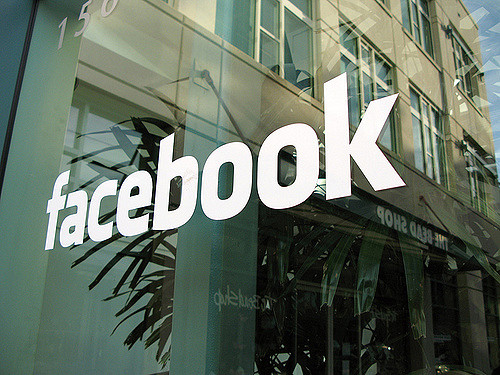 Photo Credit: /Flickr.com
Photo Credit: /Flickr.com
Meta (Nasdaq: ), formerly Facebook, announced its quarterly results last week that outpaced market expectations. But Meta’s plans to continue to increase capex spending during the year, caused its stock to fall 3% in the after-hours trading session.
Meta’s FinancialsMeta’s Q3 revenues grew 19% to $40.59 billion, ahead of the Street’s expected $40.21 billion. Earnings came in at $6.03 per share, up 35% over the year, and were also ahead of the market’s forecast of $5.22.Advertising revenue jumped 19% to $39.9 billion and revenue from other sources grew 48% to $434 million. Revenue from Reality Labs grew 29% to $270 million, but missed the analyst estimates of $310.4 million. Among key metrics, Daily Active Users across its apps grew 5% over the year to 3.29 billion but missed analyst expectations of 3.31 billion. Ad impressions delivered across its Family of Apps increased 7% over the year, and average price per ad grew 11%.During the quarter, Meta’s capital expenditures climbed to $9.2 billion as it continues to invest into AI and its Reality Labs hardware unit. Reality Labs is responsible for products like the Meta Quest headset and the newly-previewed Orion augmented reality glasses. The segment recorded an operating loss of $4.4 billion for the quarter, which was less than analysts’ estimated loss of $4.7 billion. Meta announced plans to continue to increase spend in the segment through the rest of the year as it invests in the product and ecosystem development. Analysts were not thrilled with the comment.For the current quarter, Meta expects revenues to be in the range of $45-$48 billion, compared with the $46.18 billion average analyst estimate.
Meta’s AI PlansMeta remains focused on its AI initiative for longer term growth. Meta AI, the AI chatbot across various Meta products, now has 500 million monthly users. Improvements to its AI-driven feed and video recommendations have driven an 8% increase in time spent on Facebook and a 6% increase on Instagram this year. More than a million advertisers used its Gen AI tools to create over 15 million ads in the last month. Meta’s reports reveal that businesses using image generation are seeing a 7% increase in conversions already.Its large language model (LLM) Llama is also seeing increased potential and usage. Last quarter, it released Llama 3.2 and Meta is now working with the public sector to adopt Llama across the US government. Meta is already developing Llama 4, which is being trained on a cluster that is bigger than 100,000 H100s. The smaller Llama 4 models are expected to be ready by early next year.Last quarter, Meta also attained several milestones around Reality Labs and the integration of AI in wearables. Ray-Ban Meta glasses that were released earlier this year are seeing strong adoption. The new $1,000 Clear edition that was released recently was sold out almost immediately. Meta has deepened its partnership with EssilorLuxottica to build future generations of smart eyewear. It also added new AI updates to the glasses. The upgraded glasses will allow users to not only answer their questions throughout the day, but also help them remember things, give suggestions as they are doing things using real-time multimodal AI, and translate other languages right in their ear for them.Recently, Meta also unveiled Orion, its first full holographic AR glasses. These glasses have been in development for over a decade, and the preview showed the users the potential of the technology. These glasses will let users seamlessly blend the physical and digital worlds, so they can feel present with anyone no matter where they are. But all of these products require heavy investment. Meta increased its capital expenditure outlook for the year from an estimated $37-$40 billion to $38-$40 billion. Additionally, it expects capital expenditures to continue to “grow significantly” in 2025 due to this acceleration in infrastructure expenses.Meta’s stock is trading at $560.68 with a market capitalization of $1.4 trillion. It hit a 52-week high of $602.95 last month and a 52-week low of $313.66 a year ago.More By This Author:
Meta’s Investment Outlook Keeps Growing

